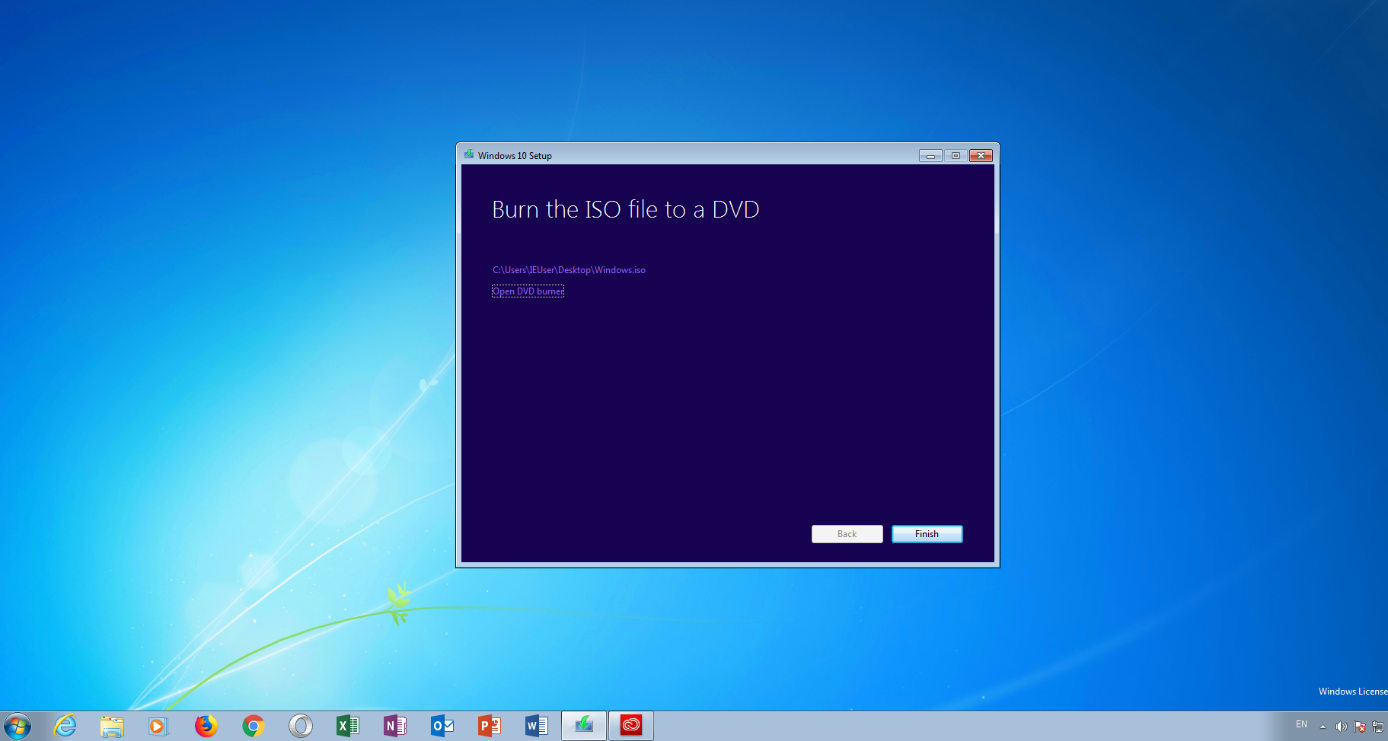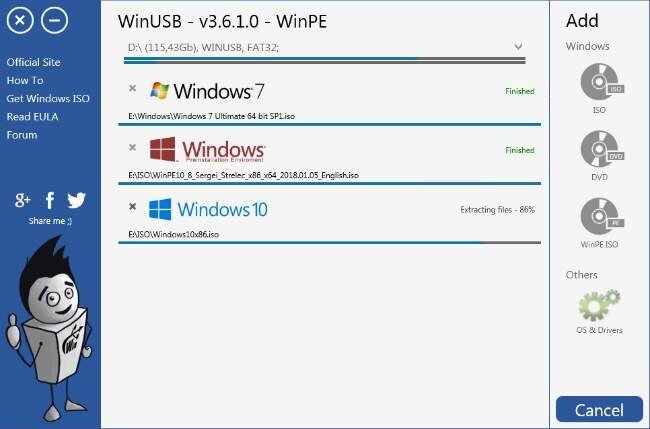

- Create windows 10 bootable usb exfat how to#
- Create windows 10 bootable usb exfat install#
- Create windows 10 bootable usb exfat for windows 10#
- Create windows 10 bootable usb exfat iso#
You can now boot your UEFI system and install Windows from this FAT32 USB drive. UEFI systems (such as Windows 8) can’t boot from an NTFS device, only FAT32. Is bootable USB FAT32 or NTFS?Ī: Most USB boot sticks are formatted as NTFS, which includes those created by the Microsoft Store Windows USB/DVD download tool. So in this case you need to use NTFS or exfat. On the other hand, if you need to use custom windows install images, fat32 will limit you to 4gb for the image size. Otherwise your USB drive won’t be bootable. If you want/need to use UEFI, you must use fat32. Then simply install Windows onto your computer directly from your USB or DVD drive.
Create windows 10 bootable usb exfat iso#
If you choose to download an ISO file so you can create a bootable file from a DVD or USB drive, copy the Windows ISO file onto your drive and then run the Windows USB/DVD Download Tool.

Make sure you have: An internet connection (internet service provider fees may apply). The image can also be used to create installation media using a USB flash drive or DVD. You can use this page to download a disc image (ISO file) that can be used to install or reinstall Windows 10. Select the formatted drive (disk 1 in this example) and right-click to go to “Properties.” Navigate to the “Volumes” tab and check the “Partition style.” You should see it marked with some kind of boot flag, such as Master Boot Record (MBR) or GUID Partition Table. How do I know my USB is bootable?Ĭheck USB Drive Bootable Status from Disk Management Right-click the ISO file and select Make Bootable USB Stick, or launch Menu ‣ Accessories ‣ USB Image Writer. Click Next, at the Create a recovery drive screen.If the Recovery Drive utility doesn’t appear, follow these steps instead:.Press the Windows + R key to open the Charm Bar.If your image is larger than the filesize limit: Copy everything except the Windows image file (sourcesinstall.wim) to the USB drive (either drag and drop, or use this command, where D: is the mounted ISO and E: is the USB flash drive.) How do I create a Windows boot disk? Windows USB install drives are formatted as FAT32, which has a 4GB filesize limit. What format should a bootable USB be for Windows 10? Make sure your USB thumbdrive in the Device list box.Choose FAT32 NOT NTFS as the File system.Select GPT partitioning for EUFI firmware as the Partition scheme.Check off Create a bootable disk using.In the new command line window that opens, to determine the USB flash drive number or drive letter, at the command prompt, type list disk, and then click ENTER.Open a Command Prompt window as an administrator.Insert a USB flash drive into a running computer.Then click Accept in the pop-up window.Double-click the file called MediaCreationToolxxxx.exe file to launch it.Then go to Microsoft’s website to download the Windows 10 Media Creation Tool.
Create windows 10 bootable usb exfat how to#
How to Create Windows 10 Bootable USB Using Media Creation Tool How do I create a bootable Windows 10 USB drive? 20 Can you install Windows 10 on FAT32?.19 What format does a USB drive need to be bootable?.17 How do I reinstall Windows 10 that won’t boot up?.
Create windows 10 bootable usb exfat for windows 10#
16 How do I create a bootable USB for Windows 10 UEFI?.15 How do I know if my ISO is bootable?.10 Should a bootable USB be FAT32 or NTFS?.



 0 kommentar(er)
0 kommentar(er)
